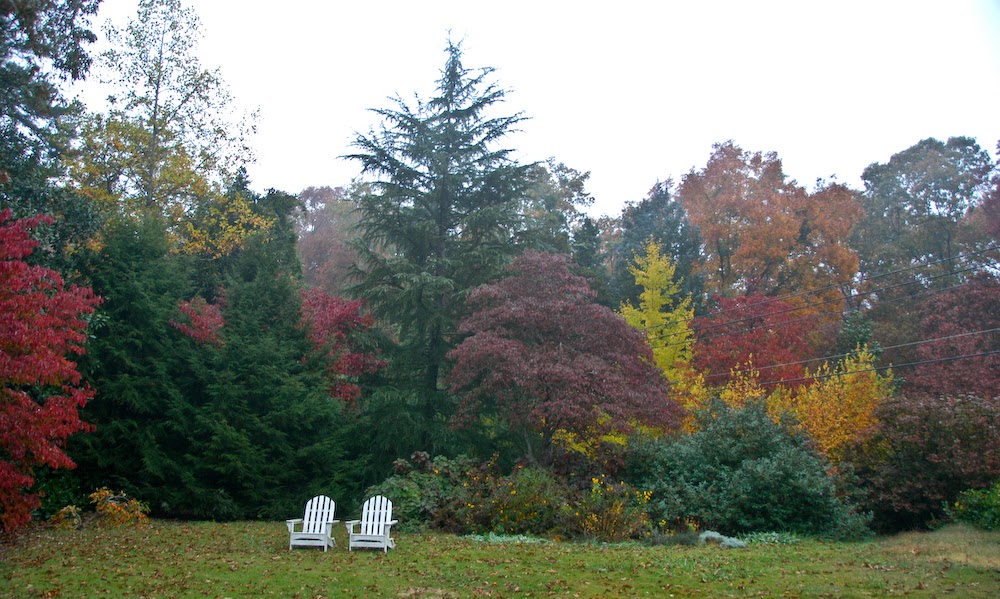.jpg)
After the coming weekend's fall blast of cold air, unusual for mid-November, we won't have much fall color left. I'm thinking the wind will bring down all of the yellow, orange, and red maple leaves, and probably most of the oak leaves, too. A touchstone of our seasonal lives in the Eastern US...





